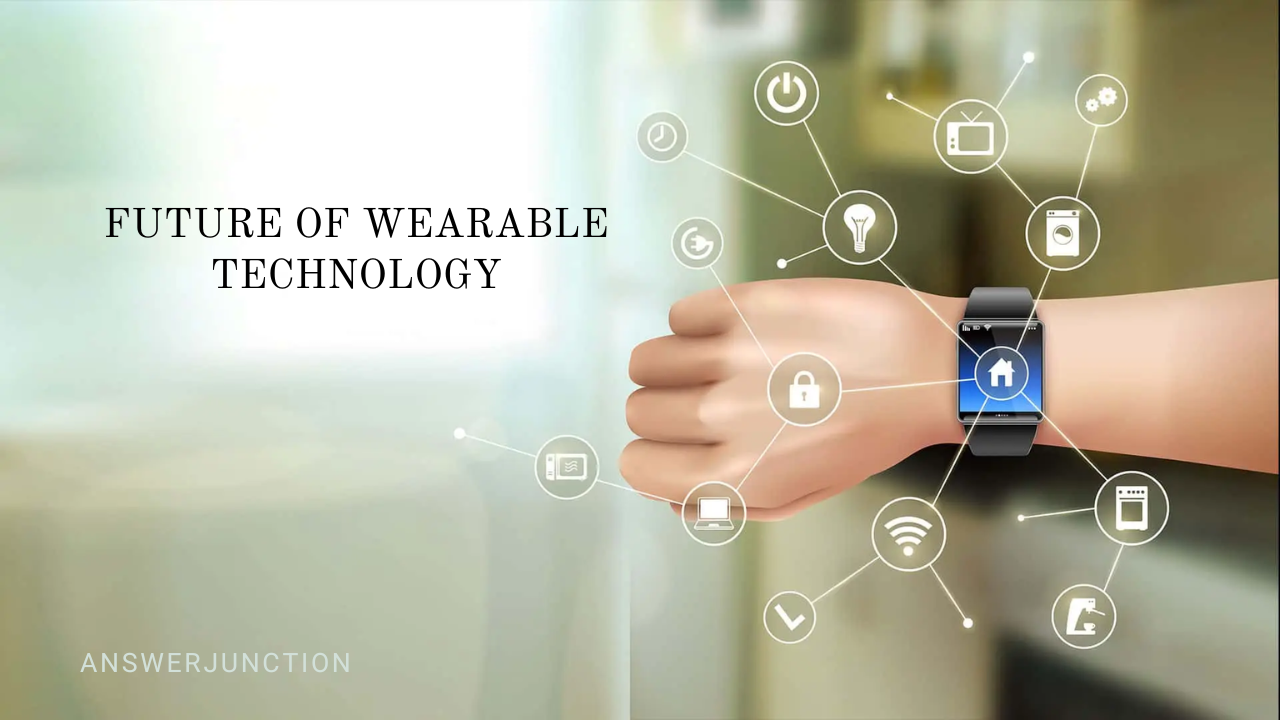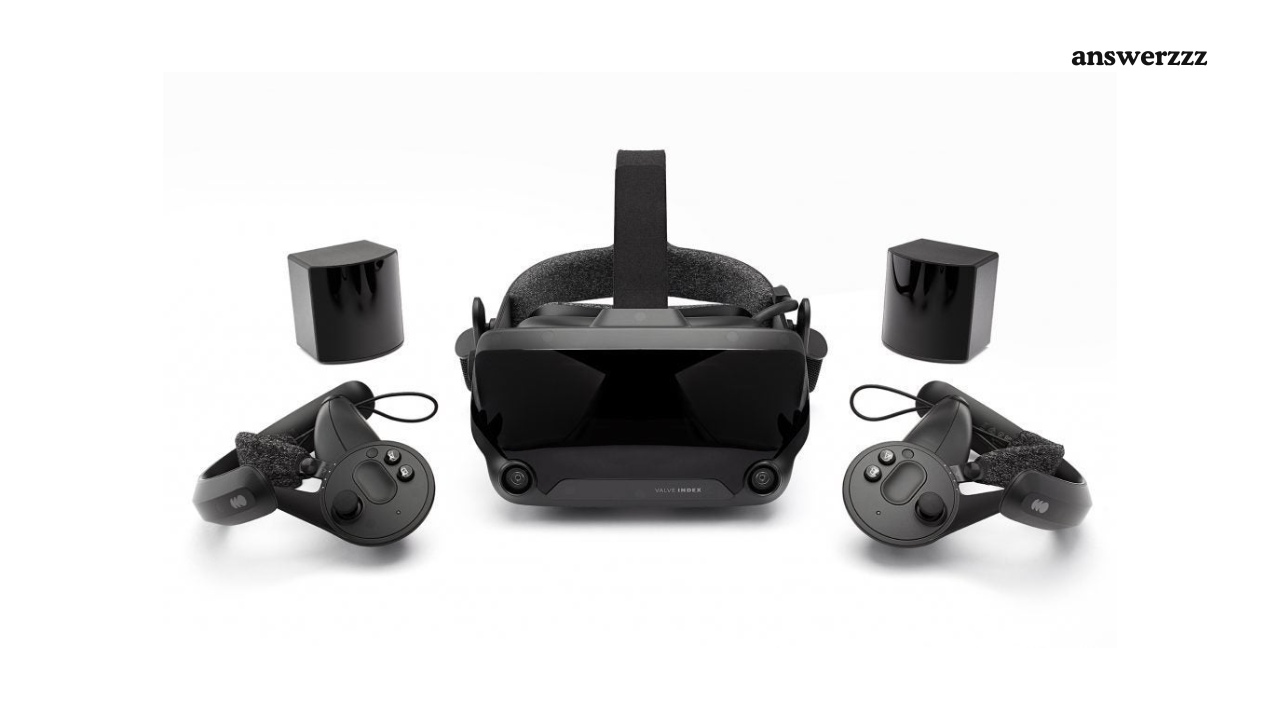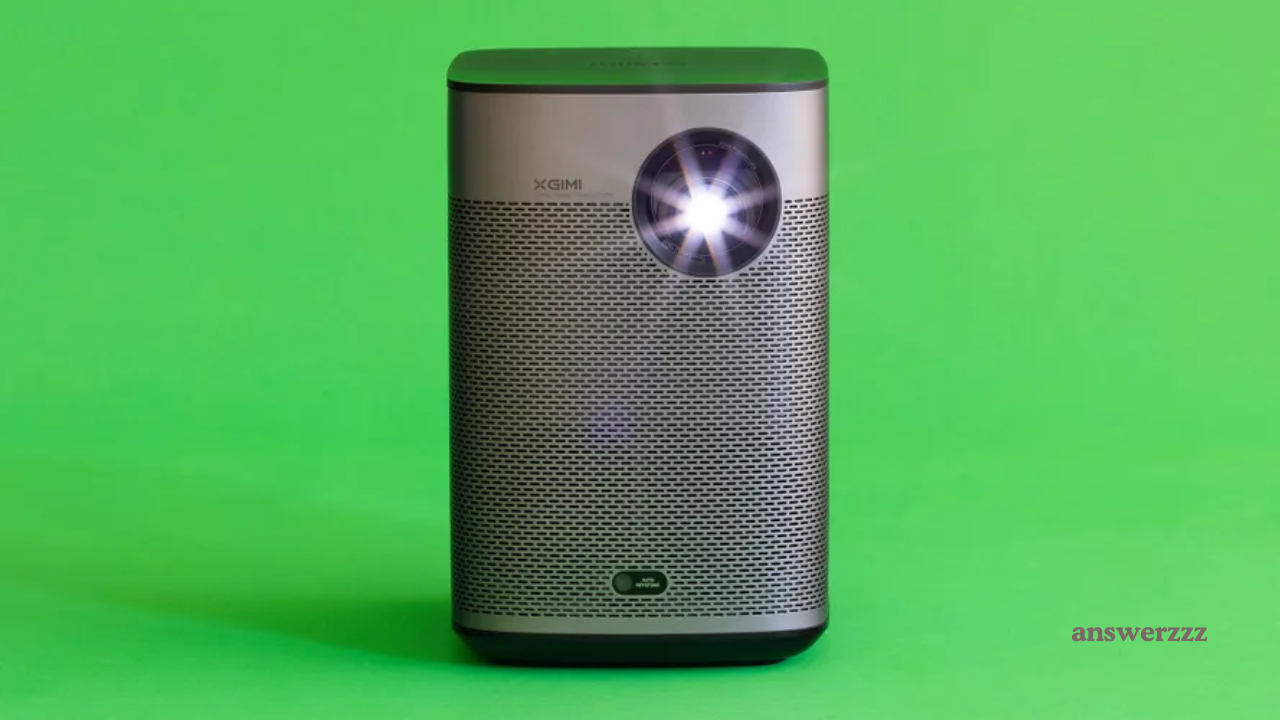In recent years, wearable technology has transitioned from a niche market into a booming industry, significantly altering how we interact with the world around us. From fitness trackers and smartwatches to augmented reality glasses and health-monitoring devices, wearables have integrated seamlessly into our daily lives. As technology advances, the future of wearable tech is poised to revolutionize numerous aspects of our existence, enhancing health, improving productivity, and transforming the way we communicate. This article explores the future of wearable technology, the innovations on the horizon, and the potential challenges that lie ahead.
The Evolution of Wearable Technology
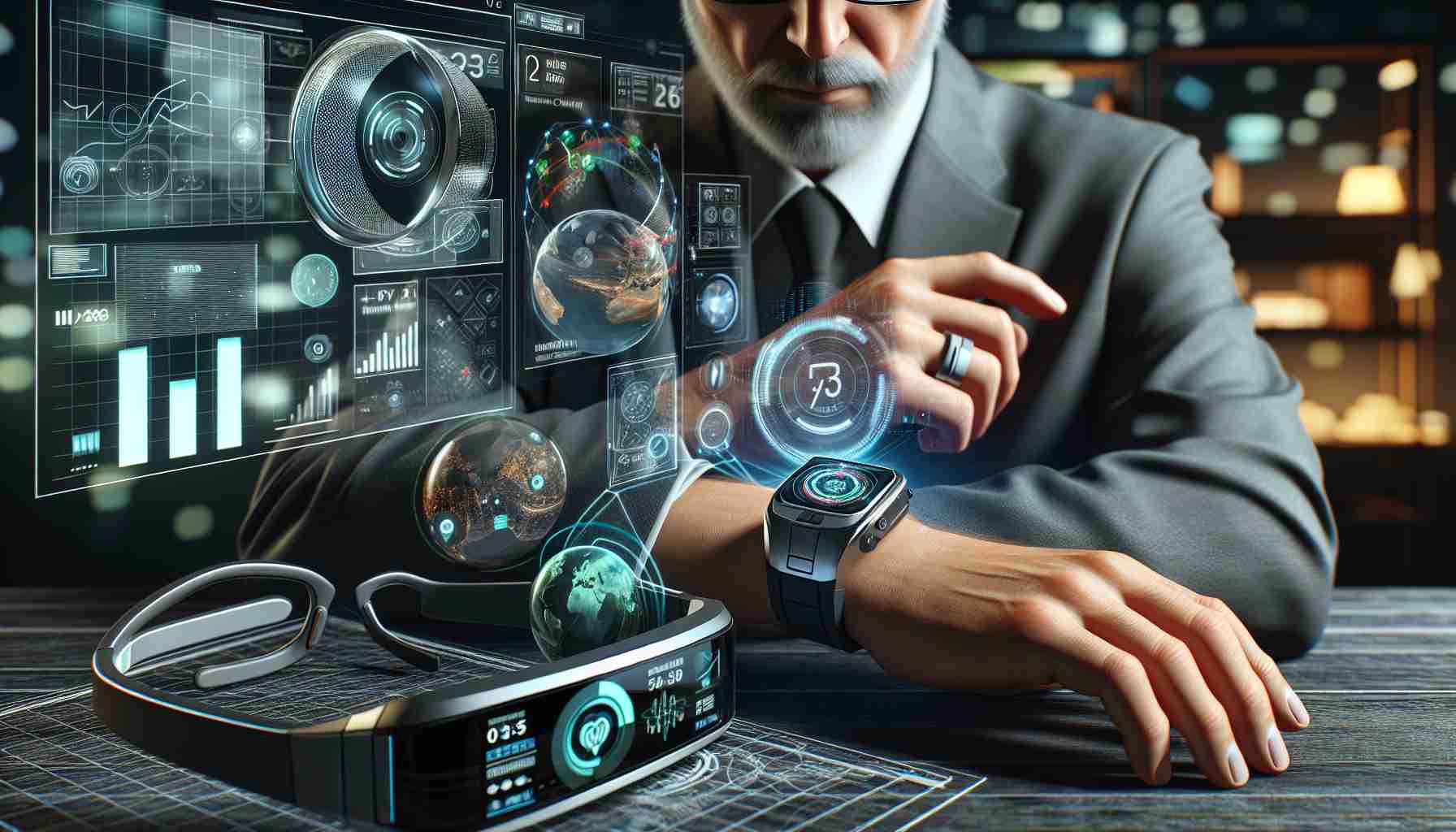
Wearable technology has come a long way since the introduction of the first smartwatches and fitness trackers. Initially designed for niche markets, these devices are now widely adopted across various demographics. The early iterations focused primarily on fitness and health monitoring, providing users with basic metrics such as heart rate, steps taken, and sleep quality. However, with advancements in sensors, processing power, and connectivity, wearables have evolved to offer a myriad of features, including GPS tracking, smartphone integration, and even biometric monitoring.
The rise of the Internet of Things (IoT) has further accelerated the development of wearables. By connecting devices to the internet, users can access real-time data, control smart home devices, and interact with their environment in unprecedented ways. As technology continues to evolve, we can expect wearables to become more sophisticated, providing even greater utility and personalization.
Health and Wellness: A Major Focus
One of the most significant areas where wearable technology is expected to make strides is health and wellness. As consumers increasingly prioritize their health, wearable devices will play a crucial role in monitoring and managing various health conditions. Future wearables are likely to incorporate advanced biometric sensors that can track a broader range of health metrics, such as blood glucose levels, hydration status, and even early indicators of diseases.
Moreover, the integration of artificial intelligence (AI) in wearable technology will enhance predictive analytics, allowing users to receive personalized health recommendations based on their data. For instance, a wearable could analyze sleep patterns and provide insights on how to improve sleep quality or suggest changes in physical activity to boost cardiovascular health. This proactive approach to health management will empower individuals to take charge of their well-being, ultimately leading to healthier lifestyles.
Enhanced Connectivity and Communication
The future of wearable technology is also marked by enhanced connectivity and communication capabilities. With the advent of 5G technology, wearables will benefit from faster data transfer speeds and more reliable connections. This will enable seamless integration with other smart devices and platforms, facilitating real-time communication and data sharing.
Wearables will become vital tools for remote work and collaboration, allowing users to participate in virtual meetings and interact with colleagues through augmented reality (AR) and virtual reality (VR) applications. Imagine attending a meeting with colleagues in a virtual space, where you can share presentations, brainstorm ideas, and collaborate on projects, all from the convenience of your wearable device.
Fashion Meets Functionality
As wearable technology continues to evolve, the design and aesthetics of these devices will become increasingly important. Consumers are no longer willing to compromise on style for functionality, leading to a demand for wearables that seamlessly integrate into everyday life. In response, manufacturers are focusing on creating fashionable wearables that appeal to a broader audience.
Future wearables are likely to incorporate innovative materials and designs, allowing them to blend effortlessly with users’ styles. Expect to see smart jewellery, stylish clothing with embedded technology, and accessories that serve both as fashion statements and functional devices. This trend will not only expand the market for wearables but also encourage greater adoption among consumers who may have previously been hesitant to embrace technology.
The Role of Augmented Reality and Virtual Reality
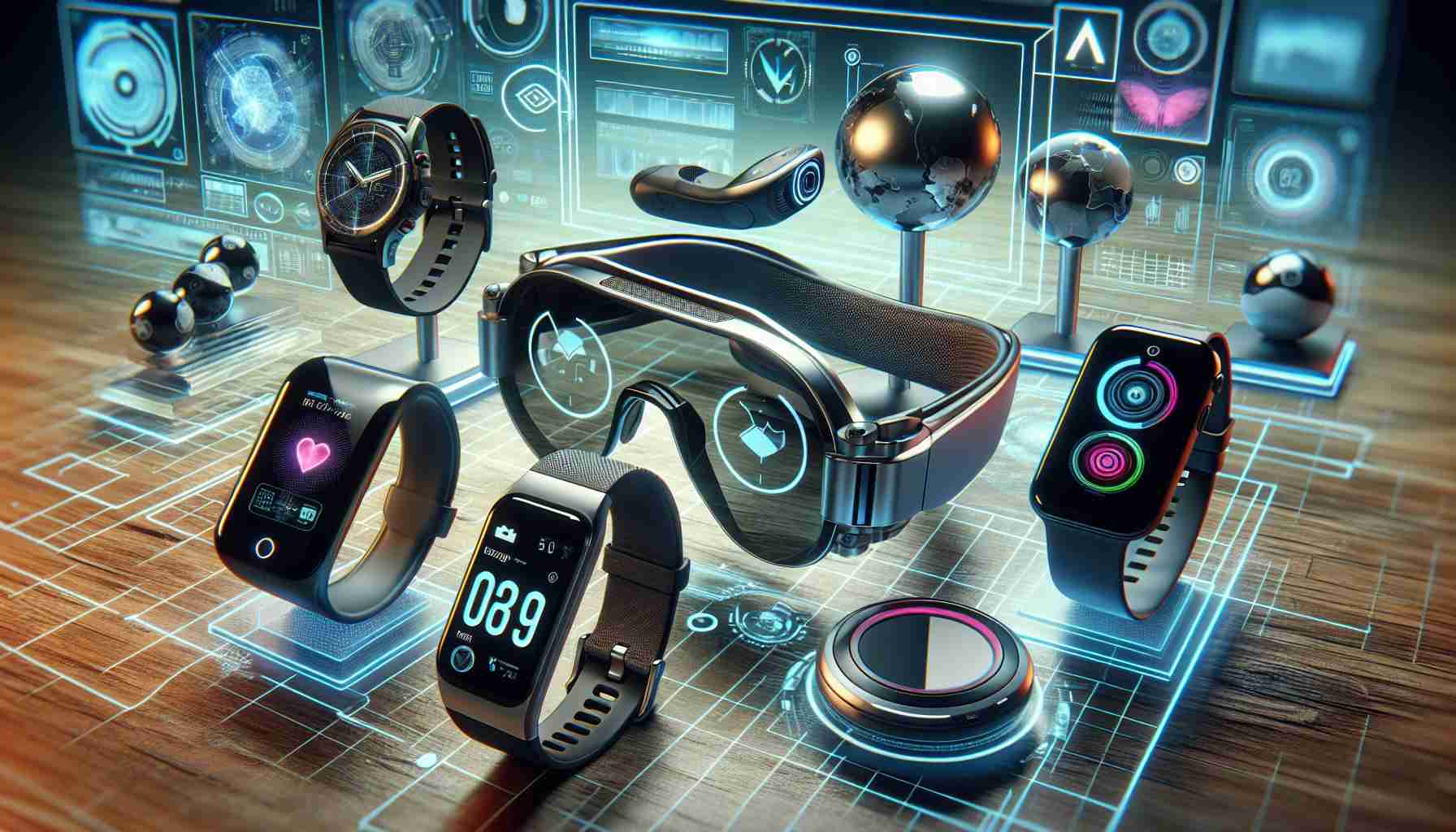
Augmented reality (AR) and virtual reality (VR) are set to play a transformative role in the future of wearable technology. As these technologies advance, we can anticipate a surge in AR and VR wearables that enhance our interactions with the digital world. For instance, AR glasses could overlay information onto the real world, providing users with relevant data while they navigate their surroundings. This could revolutionize industries such as education, healthcare, and retail, offering immersive experiences that enhance learning and engagement.
In the workplace, VR headsets could facilitate remote collaboration, allowing teams to meet in virtual environments and work together in real time. This shift towards immersive technology will redefine how we communicate and collaborate, breaking down geographical barriers and enabling more effective teamwork.
Data Privacy and Security Concerns
While the future of wearable technology holds immense promise, it also raises important questions regarding data privacy and security. As wearables collect vast amounts of personal data, including health metrics, location information, and communication habits, the risk of data breaches and unauthorized access increases. Users may be hesitant to adopt wearable devices if they feel their personal information is not adequately protected.
Manufacturers and developers must prioritize data security in the design and functionality of wearable technology. Implementing robust encryption methods, secure authentication processes, and transparent data policies will be essential in building consumer trust. Additionally, users should be educated on how to protect their data and make informed choices about the wearables they choose to adopt.
Integration with Smart Environments
The future of wearable technology will also see increased integration with smart environments. As homes and workplaces become smarter, wearables will serve as hubs for controlling and interacting with various devices. Imagine wearing a smartwatch that allows you to control your thermostat, lights, and appliances with simple gestures or voice commands.
This integration will extend beyond the home, as wearables will enable users to interact with smart cities. From navigating public transportation to receiving real-time updates on traffic conditions, wearables will enhance the urban experience, making it more efficient and user-friendly.
Educational Applications and Opportunities
Wearable technology is poised to revolutionize education by providing innovative tools for learning and engagement. Future wearables could offer immersive learning experiences, allowing students to interact with educational content in new ways. For instance, AR devices could bring historical events to life, enabling students to explore and engage with history beyond traditional textbooks.
Moreover, wearables can facilitate personalized learning by tracking individual progress and adapting content to meet students’ needs. This data-driven approach will empower educators to tailor their teaching methods, fostering a more effective learning environment.
The Potential of Biometric Authentication

As security concerns grow, the future of wearable technology is likely to see a shift towards biometric authentication methods. Wearables equipped with biometric sensors, such as fingerprint scanners, facial recognition, or heart rate variability monitors, could provide enhanced security for personal devices and data.
This approach not only improves security but also streamlines user experiences, allowing for quick and easy access to devices without the need for passwords or PINs. As wearables become integral to daily life, ensuring secure access will be paramount.
Sustainability and Eco-Friendly Innovations
The future of wearable technology will also be influenced by the growing emphasis on sustainability and eco-friendly practices. As consumers become more environmentally conscious, manufacturers will need to prioritize sustainable materials and production methods in the development of wearable devices.
Innovative approaches, such as the use of biodegradable materials, energy-efficient designs, and recyclable components, will be essential in addressing environmental concerns. By incorporating sustainability into their products, companies can appeal to eco-conscious consumers and contribute to a more sustainable future.
Embracing the Future
The future of wearable technology promises to be transformative, offering a wealth of opportunities for innovation and improvement across various sectors. From health and wellness to communication and education, wearables will continue to shape the way we live, work, and interact with the world around us. However, as this technology evolves, it is crucial to address the challenges of data privacy, security, and sustainability to ensure a future that benefits everyone.
As we look ahead, the potential for wearable technology is limitless. By embracing these advancements and prioritizing user needs, we can create a future where technology enhances our lives in meaningful and impactful ways. Whether it’s improving our health, connecting us to others, or enriching our learning experiences, the future of wearable technology is bright, and the possibilities are endless.

